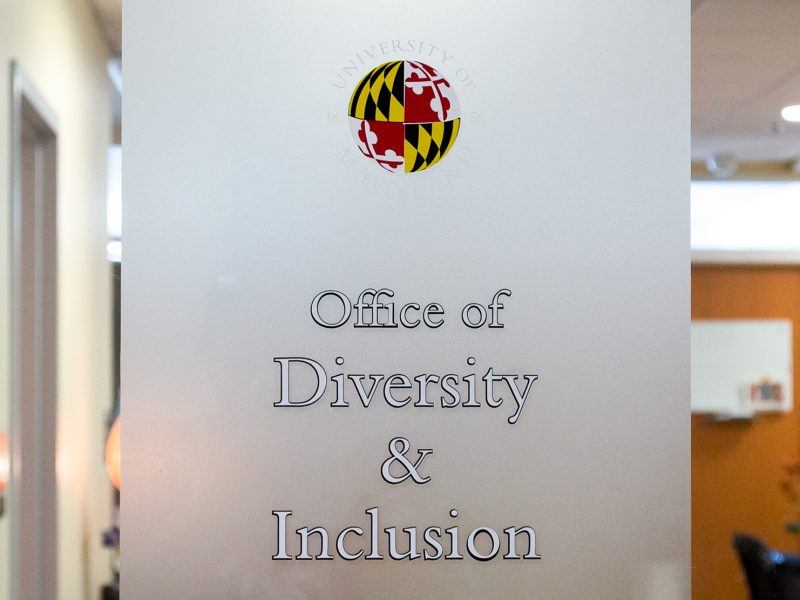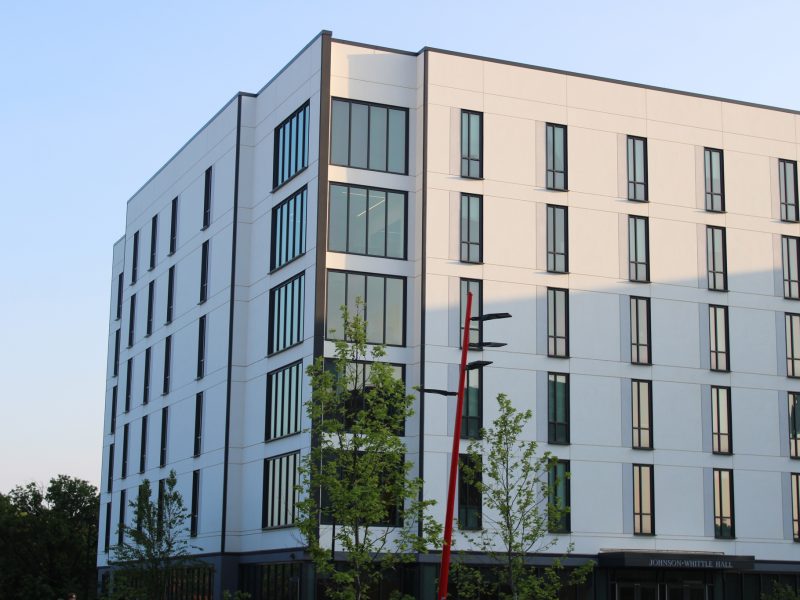The University of Maryland’s Center for Leadership and Organizational Change released data from its first Thriving Workplace Initiative survey on Friday, revealing a need for improvement in employee engagement.
The university administered the survey through Gallup between April 18 and May 10 to gauge university employees’ satisfaction, engagement, inclusiveness and organizational culture in their workplace, according to the news release.
A central focus was employee engagement, which the news release defined as “a measure of the intellectual and emotional connectedness of employees with their organization.”
Gallup recommends having a 4:1 ratio to overcome the damage of having one actively disengaged employee, said Laura Scott, the center’s director. The university’s current ratio is 1.78:1, the release stated.
“We think it is possible between now and next year when we redo this to get to 4:1 depending on the amount of effort folks are putting in to change things,” Scott said.
Compared to 18 percent of university employees who are actively disengaged, the data shows 50 percent of university employees are “not engaged,” which Scott said could be improved with changes at the local level.
While Scott said she wants to work to improve the ratio of employees who are engaged versus disengaged, she noted she is pleased with the number of respondents.
The survey had an overall response rate of 54 percent, which included any university employee who was not an undergraduate or graduate student, Scott said. There were a total of 6,072 responses, according to the news release.
“Our database was a lot larger, so to get 54 percent of that, that’s a really large number,” she said. “We are really confident that we got a good picture of what’s going on for folks.”
Because this is the university’s first time gathering such data, Scott said there isn’t much to compare it to, but added that “there will be next year.” Measuring engagement and inclusion for higher education facilities, especially for an entire institution, is “relatively new” for Gallup as well, she said.
“We didn’t have expectations,” Scott said. “As this is the first time we’ve done this or anything like this, we are not in a habit of asking our people anything. … I wasn’t sure what to expect. Gallup wasn’t sure to expect.”
Discussions about conducting this sort of a project started about three to four years ago, she said.
“[We] started talking about . . . what can we do that’s a large-scale organizational change in a positive direction . . . but it also has a significant impact on people and their overall wellbeing in life if they’re engaged in their workplace,” Scott said. “We have some sort of obligation to attend to the work experience that they have.”
To analyze and explore this new data, supervisors will receive instruction from Gallup to access summary results, according to the news release. These university employees, along with coalition members from various departments on the campus, will work with Center for Leadership and Organizational Change consultants to take action on these results to create a better work environment.
These supervisors and coalition members will meet with their teams to create some sort of action plan, said Michele Eastman, the university’s assistant president and chief of staff.
“I would like to see people and staff in particular understand what their pathways are for growth and promotion on campus,” Eastman said. “We want this to be the best place to work.”
Both Eastman and Scott said this project is a valuable investment in the university’s faculty and staff.
“The experience of being an engaged employee . . . it is such a powerful feeling,” Scott said. “Taking that energy and focusing that, and look what we managed to do . . . an unlimited capacity as what we can do as a university if everyone can have the same experience of engagement that we have had in creating this project.”



